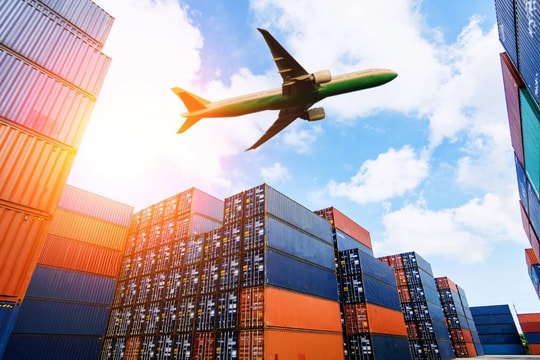Highlight
Logistics and import-export are closely related fields that cannot be separated and have a high degree of mutual support. While import-export involves taking goods to the international market, logistics encompasses a chain of activities such as transportation, warehousing, etc., to deliver goods from the seller to the buyer.
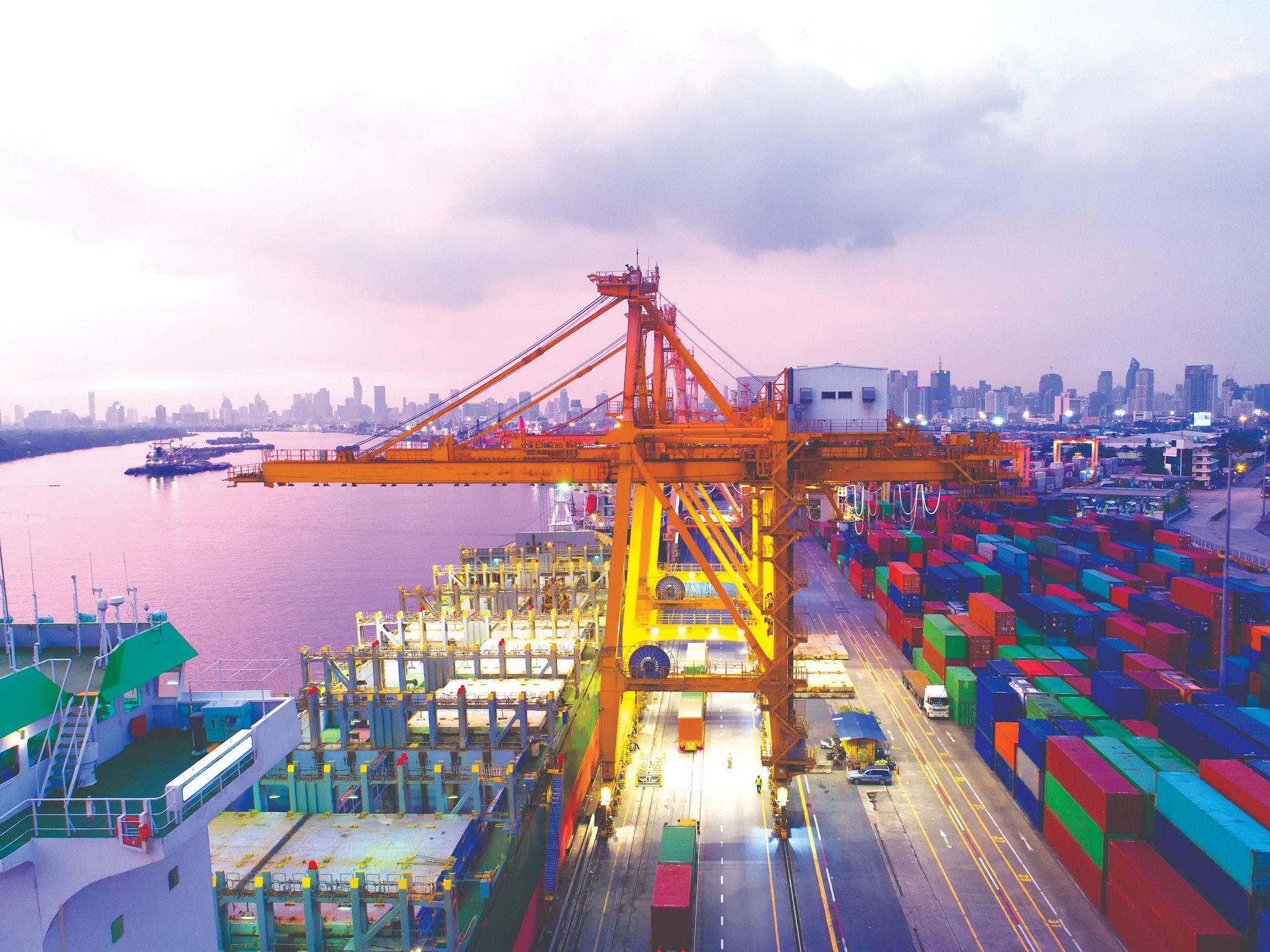
In recent years, the government and various ministries and sectors have invested in the development of logistics infrastructure to support domestic production activities and the circulation of goods for import and export.
Training programs and technology applications have been actively supporting the logistics service sector. The number of schools, institutes, and training facilities specializing in logistics has been increasing. Training programs have been upgraded to be more specialized and professional, with many technological solutions applied in warehouse management, vehicle management, and goods management, facilitating better and faster logistics services. Despite facing difficulties and challenges, the logistics industry in Vietnam has achieved positive results and made significant contributions to economic activities, particularly in export and import, making it a bright spot in the national economy.
According to statistics, the total value of the country’s goods import and export in 2022 reached 730.2 billion USD, an increase of 9.1% (equivalent to an increase of 61.2 billion USD) compared to 2021. Specifically, the value of exports was 371.3 billion USD, an increase of 10.5% (equivalent to an increase of 35.14 billion USD) compared to the previous year, and the value of imports was 358.9 billion USD, an increase of 7.8% (equivalent to an increase of 26.06 billion USD). As of April 2023, the country’s export turnover is estimated to reach 27.54 billion USD. Overall, the estimated export turnover for the first four months of the year is 108.57 billion USD.
“The burden of logistics costs"
However, the logistics activities of Vietnamese businesses have not fully capitalized on the geographical and economic advantages and have not matched the potential of each locality. Many Vietnamese import-export businesses have to take on the logistics tasks themselves, such as self- transportation of goods. This increases costs for the companies, while the Vietnamese logistics sector struggles to compete with foreign businesses.
Logistics costs, especially high freight rates, pose challenges to import-export operations. Disruptions, bottlenecks, and local congestion in the transportation supply chain, particularly in road and sea transport, are prevalent. The implementation progress of some infrastructure projects in the logistics sector is slower than planned, and the maintenance of transportation infrastructure, especially road infrastructure, is sometimes untimely and unsynchronized.
In 2021 alone, logistics costs in Vietnam accounted for about 16.8% of the value of goods, while this cost globally is only about 10.6%. It is evident that logistics costs have become a burden for import- export businesses.
Many import-export businesses believe that the capacity of the Vietnamese logistics sector is still weak, leading to situations where there is a large volume of goods but insufficient means and warehouses within the Vietnamese logistics sector. Consequently, domestic businesses are forced to engage with foreign logistics companies.
Furthermore, from the perspective of trade competitiveness, Vietnam’s exports are severely limited by poor infrastructure and transportation services. Weak connections between growth centers and international trading gateways, high transportation costs, and poor quality of transportation and logistics services are major hindrances. Existing transportation methods, besides being overloaded in major economic hubs, are also ineffective in efficiently connecting with international gateways.
Reducing the pressure of logistics costs
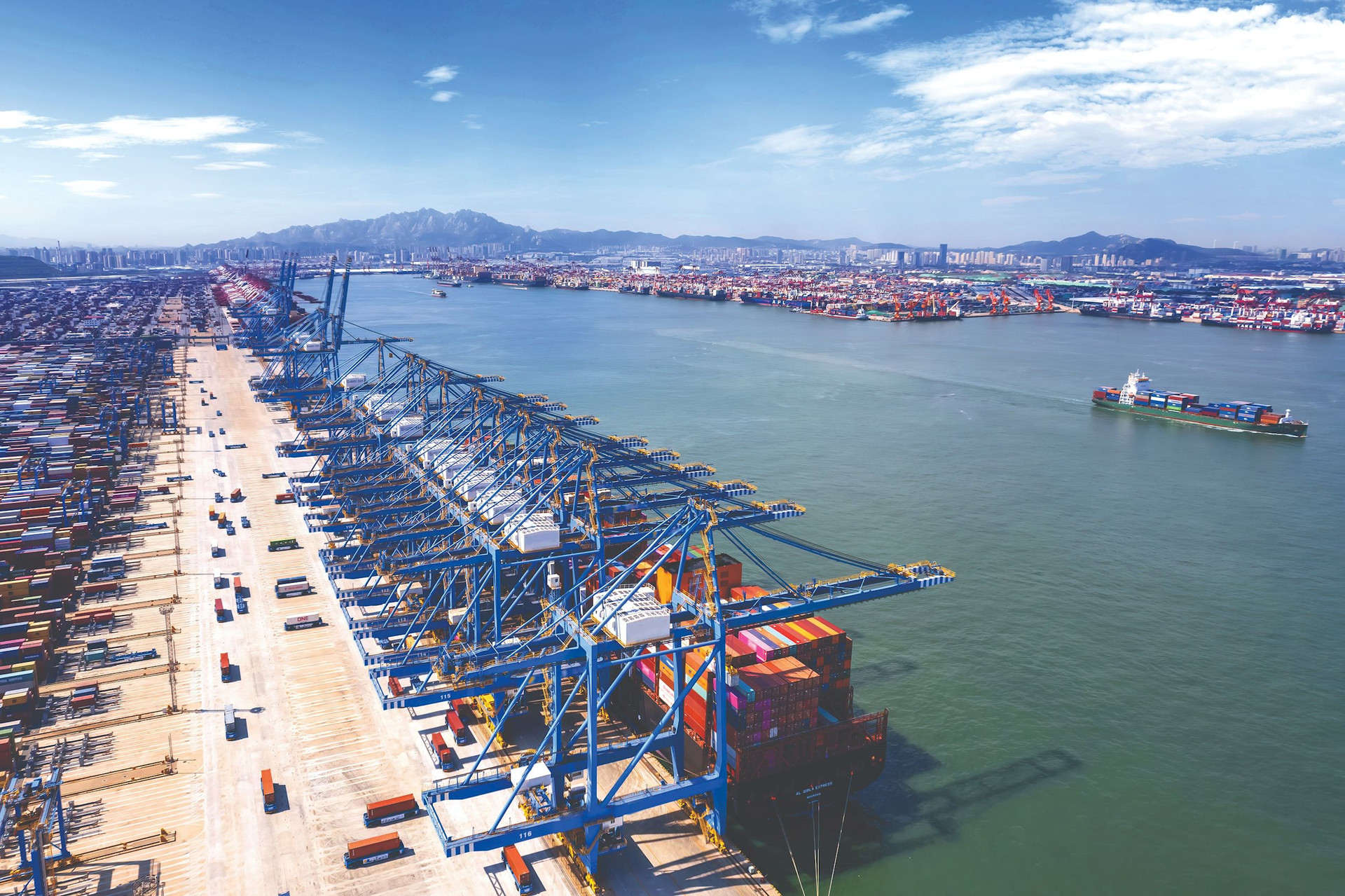
According to logistics industry experts, certain policies and procedures regarding import-export in Vietnam are currently causing difficulties for businesses. For example, export businesses face obstacles due to customs regulations that allow only repackaging but not installation of goods during transportation, as well as requirements for the input quantity of goods to match the output quantity.
Decision No. 493/QD-TTg dated April 19, 2022, by the Prime Minister of the Government, “Approving the Strategy for Import and Export of Goods until 2030,” sets the following goals: Stable growth in exports and imports, a healthy and reasonable trade balance:
• The average annual growth rate of goods exports is projected to be 6-7% from 2021 to 2030, with an average annual growth rate of 8-9% in the period 2021-2025 and 5-6% in the period 2026-2030.
• The average annual growth rate of goods imports is projected to be 5-6% from 2021 to 2030, with an average annual growth rate of 7-8% in the period 2021-2025 and 4-5% in the period 2026-2030.
• Achieve a trade balance during the period 2021-2025 and strive to maintain a sustainable trade surplus in the period 2026-2030. Aim for a healthy and reasonable trade balance with key trading partners.
These regulations hinder logistics collaboration with third parties. Mr. Dinh Huu Thanh, Chairman and CEO of Bee Logistics Vietnam, suggests improving regulations at bonded warehouses or customs management areas to allow logistics companies to install, process, package, and label goods, as these are basic activities that logistics companies worldwide have been doing for a long time.
Mr. Nguyen Tuong, Senior Advisor of the Vietnam Logistics Service Business Association (VLA), believes that in addition to objective factors, there are also subjective reasons. Most Vietnamese logistics companies are small and medium-sized enterprises with insufficient connectivity and a lack of synchronized logistics infrastructure. There is a lack of high connectivity among different types of transportation and delivery methods, resulting in increased logistics costs over time. Therefore, to minimize the pressure of logistics costs, Mr. Nguyen Tuong suggests that logistics companies promote business cooperation and investment to create increasingly efficient and professional supply chains for goods and services.
Additionally, logistics companies need to employ various measures to reduce costs by changing operational methods, optimizing transportation methods, and developing the Vietnamese maritime fleet in the future. Furthermore, logistics companies should enhance service quality, intensify digital transformation efforts, and reorganize their organizations to become leaner and more efficient.
The Decision No. 493/QD-TTg dated April 19, 2022, by the Prime Minister of the Government, “Approval of the Strategy for Import-Export of Goods until 2030,” presents specific solutions. The key focus is gradually reforming the institutional framework, improving the investment and business environment, reforming administrative procedures, and establishing a competitive environment. Upgrading transportation infrastructure, warehouses, seaports, developing various types of logistics services, reducing logistics costs, and strengthening the application of information technology in logistics are also highlighted. Developing the domestic shipping fleet to proactively exploit both domestic and international transportation markets and formulating a strategy to connect various multimodal transportation methods are also emphasized in the decision.




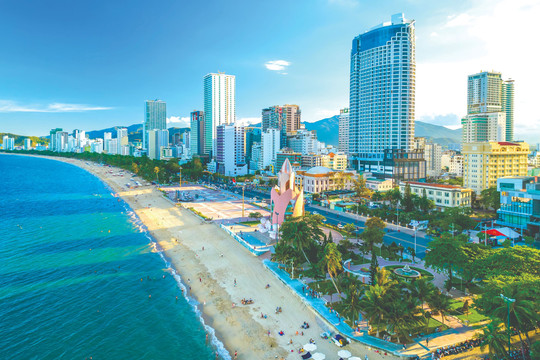
.png)


.png)

.png)


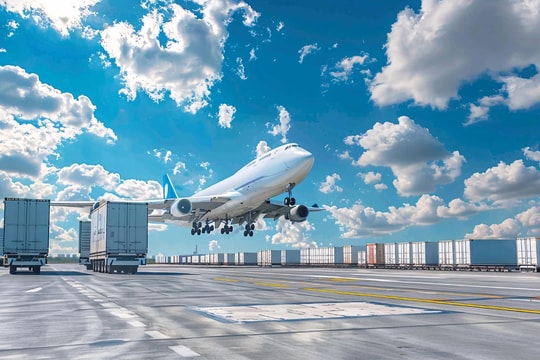

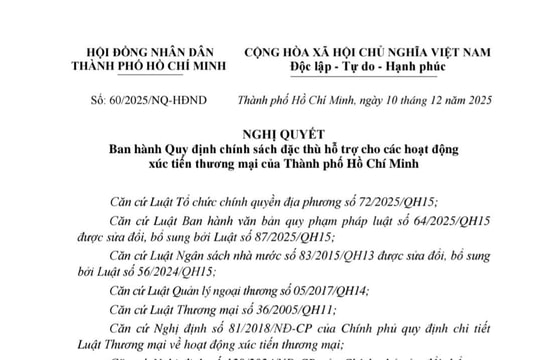
.png)

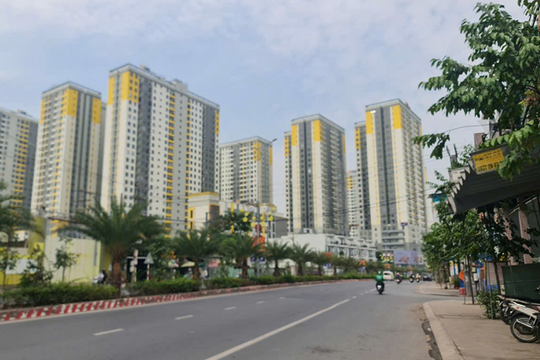
.png)
